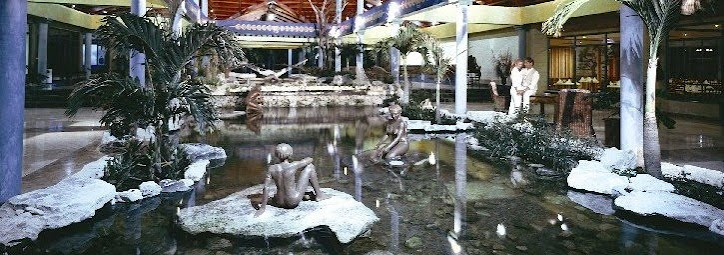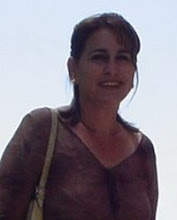When walking through the city of
This house was lived first by Jose Romero Medina, from the Canaries, and his wife. Victoriana de
Don Jose Romero Medina was a wealthy man from the Canaries, who had established himself in the city, and Doña Victoriana was the eldest daughter of the Mayor, Don Diego de Avila and Doña Catalina Gonzalez de Rivera, descendant of the colonizer captain Garcia Holguin, founder of this city.
In the testament made by the married couple in 1817, they declared among their property: "Primarily this house of tiles and masonry where we live, built in Plaza de Armas, the Royal Plaza, with the corresponding site all built up …"
In 1824 they changed their testament declaring that they have moved to Gibara and that in addition to other properties, they had a house located in the Royal Plaza in San Isidoro Street, with a haberdasher in charge of Mr Francisco Antonio de


